For many aspiring leaders, it’s not ability, talent, opportunity or experience that hold them back. It’s thinking. How they think and what they think about. We want freedom to choose the right path in life and in business, and we want to be able to see that path as clearly as possible. Sometimes, the thoughts we cling to become blinders, preventing us from the freedom we seek.
No matter what you wish to accomplish, your mindset matters more than just about anything else you bring to the table. The right mindset can help you through the struggles. An “blind” mindset can trick us into succumbing to challenges you know, deep down, you will overcome.
It’s hard to see what’s possible today while you’re focused on what went wrong yesterday.
When you see the past as a teacher, you are able to view mistakes as lessons, and missteps as opportunities to improve. Too often, though, we carry the past with us, like a backpack full of bricks, each one labeled with a single mistake or regret. When the pack begins to feel too heavy to allow us to take another step, we unzip it and take a brick out, intending to leave it behind and lighten the load. Then, the label on that brick grabs our focus. Suddenly, the path ahead is blurred, obscured by a challenge, regret or lesson from the past, something that cannot be changed … something that feels like it’s preventing you from moving forward into something better.
In that moment, the brick feels more important than the path. We lose focus and fail to move forward. One of my strategies for leadership development is teaching leaders how to be “in the moment”. This challenges their thinking, helping them let go of the past and begin to make decisions based on where they are today. This method has proven successful for many leaders, and I believe it will be for you as well.
It’s hard to get to new places with old thinking.
If you want to be something you’ve never been and go somewhere you’ve never gone, it’s best not to use the same map that took you where you are. How many times do we catch ourselves depending on yesterday’s thinking to solve today’s challenges?
When you choose to embrace today’s opportunities armed only with perspectives, it’s tough to end up anywhere other than where you already are. We must actively seek out new ways of thinking, new approaches and new wisdom.
It’s hard to achieve new levels of success by clinging to old mindsets.
So much of what leads to success or mires us in setbacks plays out in our minds before we ever put it “out there”. The right mindsets are your best key to unlock the prospects of today and the promise of tomorrow, while blurry mindsets are the chains that keep you locked in the same old cycles, patterns and processes.
Sometimes, mindsets just need a small tweak, a tiny bit of new light or new understanding. Other times, more adjustment is necessary to pull off the blinders, lay aside the bricks and move down the path with a new perspective, free and unencumbered.
Big or small, it all comes down to one word: change.
Most of us say we want it … until we learn that real change has to begin within, with us, with a change in our thinking. Often, this process is helped along by brainstorming with other professionals, being open to new ideas and perspectives in an environment that encourages freedom and growth. That’s exactly why I host my Mastermind Groups.
“Trish understands how to help people shift their thinking….
Sometimes you’re just too close to a situation to see it clearly. Trish helps you see … ”
— Valerie Sherman, CEO of United Building Maintenance, Inc.
See your vision more clearly!
Make a shift that will add clarity to your direction, increase your influence, and help you grow into your dreams. Stream Live2Lead on November 13.
Register now!
Creating the wake
I’ve been thinking about the emotional energy we exchange in our conversations and how this energy affects our relationships. That cause and effect reminded me of something I read in a book by Susan Scott called Fierce Conversations: “The conversation is...
“Once she labeled me”
Have you ever found yourself so angry with a friend or colleague, so shocked at what they said or what they did, that you wondered if your relationship could survive? Ginny found herself there after an ugly argument with an old friend. Her story, shared...
Pushing Through Most People’s #1 Fear
Pushing Through Most People’s #1 Fear How to respond when that voice inside whispers we’re not good enough Recently, a friend interviewed a successful marketing company CEO named Tomo about how he got his start as a writer and marketer. During the...
Dreams Are Not Fulfilled in a Vacuum
Dreams Are Not Fulfilled in a Vacuum The shift from doing our work to living our dream often involves connecting with the best in others My friend sat across from me, and I could tell she had something on her mind. I waited, watching this...
Everything Rises and Falls on Leadership
In the modern classic Disney film, Remember the Titans, one of the most pivotal scenes involves two talented, influential rivals coming to loggerheads over who is responsible for spreading toxicity on their team. When team captain Gerry Bertier confronts...
Do the Thing and Then You’ll Get the Energy
Do the Thing and Then You’ll Get the Energy Rediscover your purpose and motivation by releasing the kinetic power of strategic tension Recently, it’s been a struggle to find my motivation to get out and do things, even things I love to do. Based on some...


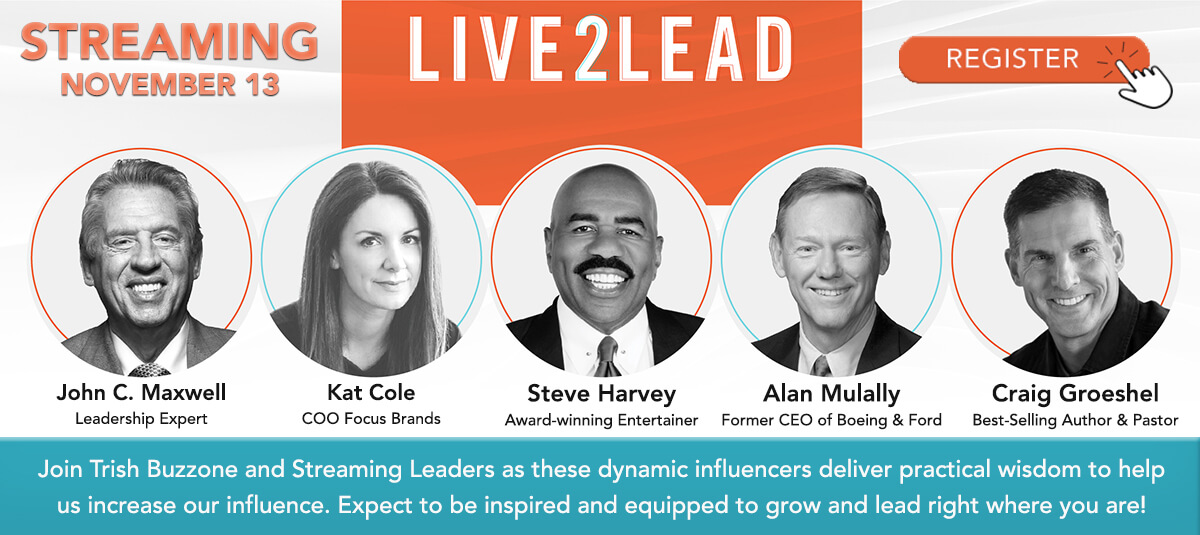

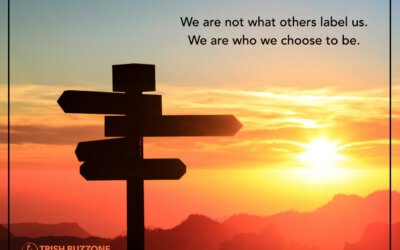
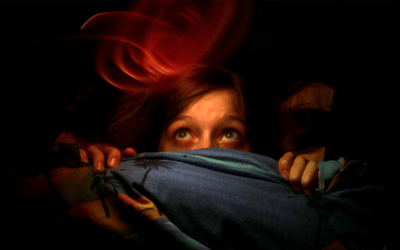
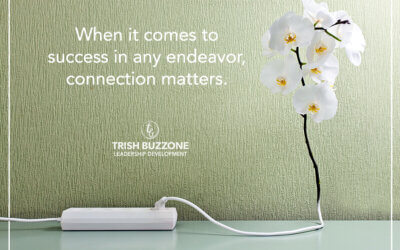
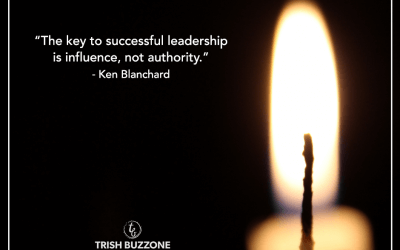
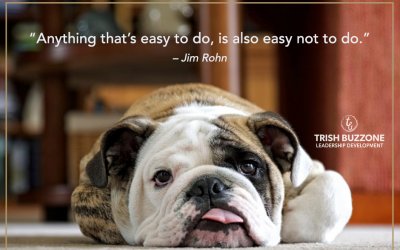
0 Comments